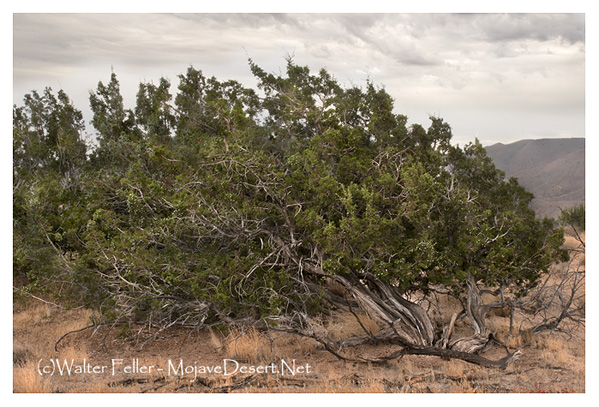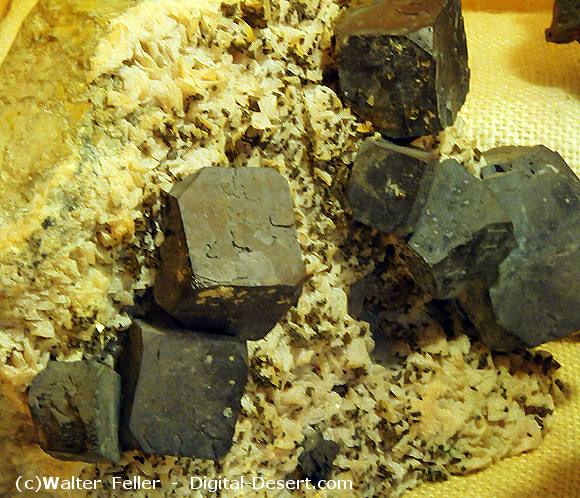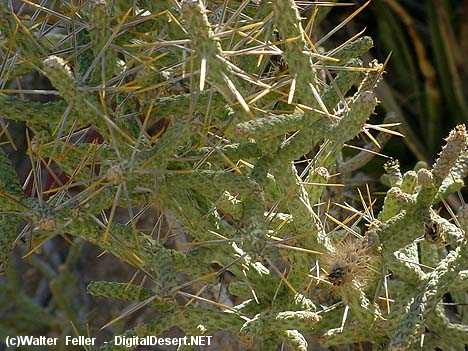The latest flying saucer report comes from Silver Lake airport near Baker. Two aircraft communicators stationed at Silver Lake report they watched a brilliantly-glowing object speed through the desert sky for nearly 10 minutes Saturday night before it disappeared on the western horizon.
Their report was confirmed by crew members and 25 passengers of a United Airlines plane and by aircraft communicators at a station in Las Vegas, Nevada.
David Stewart of Redondo Beach, first officer of the United plane, said the object was more cigar-shaped than the previously reported pancake-shaped “saucers”.
L. M. Norman and R. E. Connor, the two aircraft communicators at the Silver Lake airport, said the object might have been a meteor.
“We first saw it some 15 degrees above the horizon north of Silver Lake,” Norman said. “It appeared to be a big ball of fire with a large luminous vapor trail.”
“We watched it from 7 to 10 minutes. It looked like it might have been falling, but then it swung off toward the west and disappeared.”
The fiery object was observed not only by the two communicators at Silver Lake, but also by four pilots who had stopped at the airport for an overnight stay.
While the Silver Lake men watched the object, their station was in contact with the United Airlines plane which also spotted it.
Steward, the United officer, said his crew of five men all saw the object, as did the plane’s passengers.
He said his ship was flying at 14,000 feet and that the object flew a parallel course for 20 miles then faded in the distance. He estimated its speed as faster than his plane’s 290 miles per hour.
from the Barstow Printer-Review, June 29, 1950


